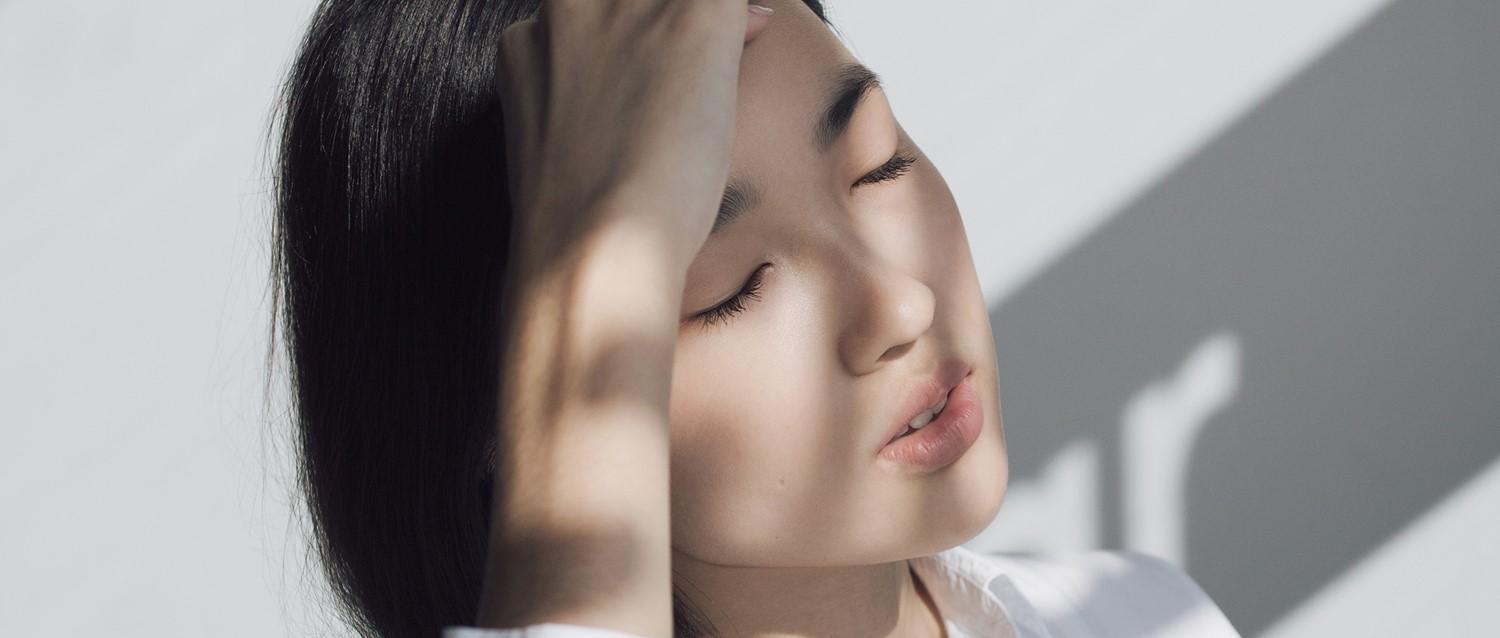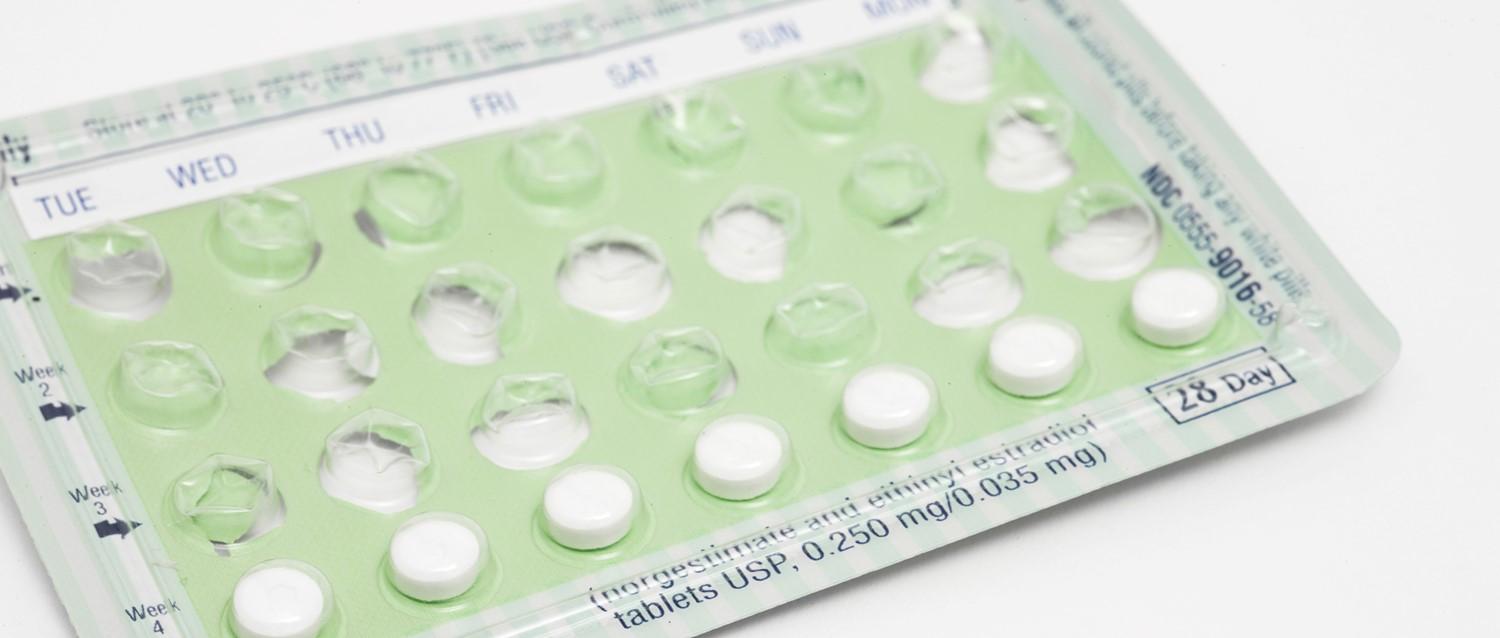
Can Botox cure your migraines?
Peer reviewed by Dr Sarah Jarvis MBE, FRCGPLast updated by Gillian HarveyLast updated 14 Dec 2017
Meets Patient’s editorial guidelines
- DownloadDownload
- Share
- Language
- Discussion
Most of us suffer from a headache from time to time. But imagine having several debilitating migraines per week, often accompanied by nausea or vomiting.
Janet Falcondale, 46, from North Yorkshire, has suffered from headaches and migraines since childhood. "My migraines often start with an aura - a visual problem that causes blind spots. I've had to take time off work, and have been laid up in bed for days at a time," she explains.
Migraines are often debilitating, meaning sufferers of frequent attacks can experience a great deal of disruption to their daily lives. From lost opportunities at work, poor performance due to presenteeism and even hospital admission, having regular migraines can be a real pain.
In this article:
Gemma Pearce, 33, from Coventry, has suffered from headaches and migraine since puberty; these worsened after a car accident in 2009. By 2015, they were so bad she found herself struggling to get out of bed after suffering migraines on a daily basis.
At present, whilst there are a range of treatments that have been proven to help, not all migraine sufferers are able to find relief from medications prescribed by their GP. So, could a drug more commonly associated with smooth skin actually help to combat chronic migraine?
Continue reading below
How Botox® might help
Once the preserve of anti-ageing enthusiasts, Botox® has been shown to be effective in the treatment of migraine and is now available on the NHS for patients meeting set criteria.
"Based on NICE UK guidelines, patients can be referred for Botox® after failing to respond to at least three preventative medications," explains Dr Jitka Vanderpol, consultant neurologist at Cambridge Partnership NHS Foundation Trust.
To qualify, patients must have been diagnosed as suffering from chronic migraine: defined as "at least fifteen headaches monthly of which more than half are migraine headaches."
The treatment
So how is Botox® administered? To improve cosmetic appearance of wrinkles, Botox® is injected into the muscles surrounding facial creases, causing temporary paralysis and smoothing out the signs of ageing. Practitioners will identify the areas to treat based on the appearance of wrinkles or fine lines.
Treatment for chronic migraine, however, follows a strict protocol, It often involves over 30 injections, administered to key muscle groups in the forehead, temple and the back of the neck, rather than simply into the site of pain. Doctors believe the treatment works by blocking pain signals from the brain.
It is this rather uncomfortable-sounding procedure that Jennie Halliday, 27, from London, was prescribed in 2016. Having suffered from three to four migraines per week for over two years, Halliday was referred to a neurologist who recommended the treatment. "I had about 30 injections in my forehead, back of my head, neck and shoulders," she says.
Despite initial discomfort, side effects of the treatment are minimal in the majority of patients and usually short-lived. Pearce, who began treatment in 2016, describes the feeling of the Botox® being administered as a "sharp sting", and occasionally suffers from "a small light bruise and a headache" on the day itself.
Continue reading below
Success rates
Like many treatments, Botox® "works for some but not for everyone" and only stops migraines completely for around 10% of patients. "In most it would reduce the days of migraine and headache per month; often it reduces the severity of symptoms," explains Vanderpol.
However, according to data gathered by PREEMPT (Phase 3 REsearch Evaluating Migraine Prophylaxis Therapy), studies found that "by week 56 of treatment, around 70% of participants were suffering at least 50% fewer headaches”, meaning Botox treatment can be extremely effective.
Pearce credits Botox® with improving her quality of life: "Before Botox® I was having at least a 5 out of 10 on the pain scale headache every day, and severe migraines for about half of the days a month. Now I get between 5-10 severe migraine days a month and the days in between are 0.5 out of 10 headache. I can live with the condition more - and therefore get better quality of life and have been able to return to work," she says.
Referral
NICE guidelines specify that patients can be referred for Botox® once they have failed to respond to three preventative treatments (drugs such as amitriptyline, topiramate or propranolol).
However, despite the treatment having been approved in 2010, GPs are still unlikely to refer patients, according to Vanderpol. "Most GPs are unaware of Botox® treatment for migraine, and would rarely initiate the referral unless a patient asks for it after reading an article or having experience with a friend or family, which is rather sad reality," she explains. "Most patients who struggle are referred to my headache clinic for advice - only some for consideration of Botox® treatment."
In addition, patients may find that they have to wait for treatment, once recommended. "Waiting lists are long to receive it on the NHS, so I am paying for it privately for the time being," says Pearce.
Continue reading below
Not a cure-all
Whilst Botox® does not work for all patients - Halliday saw no improvement despite two rounds of treatment - its success rate means that people for whom other treatments failed may wish to explore this option: "For me, it is completely worth it," agrees Pearce. "I do not have any other side effects from it and will continue to have it as long as I possibly can."
"I know it does not help everyone improve - and it is by no means a cure - but I recommend others give it a go if they are offered the chance."
Patient picks for Migraine

Brain and nerves
How to figure out your migraine triggers
Migraine is a very common disorder. If you don’t get them yourself, chances are you know someone who does. According to The Migraine Trust, around one in seven of us get migraines, yet fewer than half of us who do are happy with our treatment. So, rather than trying to treat a migraine once it's started, wouldn't it be better to try to prevent attacks? Working out what triggers yours could give you a better chance of doing just that.
by Paula Greenspan

Brain and nerves
Should you avoid the pill if you get migraines?
For decades, migraine sufferers with aura have been told to avoid the combined oral contraceptive pill because of a slightly increased risk of stroke. But is this still the case? We ask experts about the latest guidance and what the best form of contraception is for those prone to migraines.
by Georgia Gallant
Continue reading below
Article history
The information on this page is peer reviewed by qualified clinicians.
14 Dec 2017 | Latest version

Ask, share, connect.
Browse discussions, ask questions, and share experiences across hundreds of health topics.

Feeling unwell?
Assess your symptoms online for free
Sign up to the Patient newsletter
Your weekly dose of clear, trustworthy health advice - written to help you feel informed, confident and in control.
By subscribing you accept our Privacy Policy. You can unsubscribe at any time. We never sell your data.